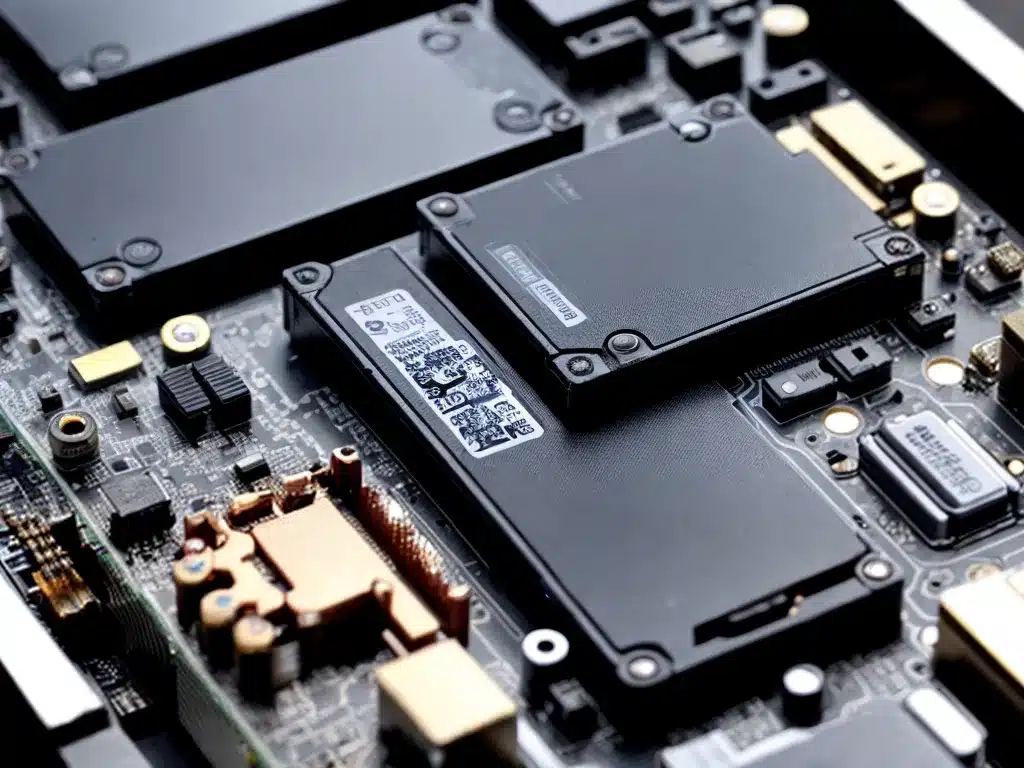
Solid state drives (SSDs) provide faster read and write speeds compared to traditional hard disk drives (HDDs). However, SSDs can still fail over time. When an SSD fails, it can cause problems like computer crashes, data corruption, or inability to boot into the operating system. Fortunately, there are steps you can take to diagnose and potentially fix SSD failures.
Symptoms of SSD Failure
An SSD failure may produce any of the following symptoms:
- Computer freezing or crashing frequently
- Files disappearing or becoming corrupted
- “Blue screen of death” errors
- Failure to boot into Windows or other OS
- Slow disk performance
- SSD not recognized in BIOS
If you notice any of these issues, it could indicate an SSD hardware problem or failure.
Potential Causes of SSD Failure
SSD failures can be caused by:
Wear and Tear
- SSDs have a limited number of write/erase cycles. Constant writing/rewriting will wear them down over time.
Faulty Firmware
- Buggy firmware versions can cause SSD corruption and failure.
Power Loss During Writes
- Abrupt power loss during an SSD write operation can corrupt data.
Overheating
- Excessive heat can damage SSD components and performance.
Physical Damage
- Drops, impacts, liquid spills etc. can physically damage SSD.
Diagnosing an SSD Failure
To accurately diagnose an SSD issue, I recommend trying the following steps:
Check SSD SMART Status
- Use a tool like CrystalDiskInfo to read SSD SMART data. It provides health stats and flags any reliability issues.
Run SSD Diagnostic Software
- Diagnostic software like SeaTools can perform read/write tests and analyze SSD for problems.
Check for Firmware Issues
- Update to the latest SSD firmware. Old firmware can be buggy and cause failures.
Test with Another Computer
- Try connecting the SSD to another PC. If issue persists, it points to SSD failure.
Visually Inspect SSD
- Open up computer and check for any visible SSD damage from drops, liquid spills etc.
Fixing and Recovering from SSD Failure
If the SSD diagnosis confirms a failure, here are potential fixes:
Update Firmware
- Updating to a newer firmware can fix firmware-related crashes and errors.
Clone Disk Before Failure
- Use software like Macrium Reflect to make a clone backup before complete failure.
Replace Cable/Connector
- Faulty SATA cable or motherboard connector can cause connection issues.
Attempt SSD Repair
- Specialty recovery services can repair SSD hardware issues, but it is expensive.
Replace SSD
- For physical damage or worn out SSD, replacement is the surest option.
Data Recovery from Failed SSD
If the SSD has completely failed, data recovery is still possible:
Restore from Backup
- Having a current backup provides the easiest and quickest data recovery option.
Use Data Recovery Software
- Software like Disk Drill can read and recover data even from failed SSDs.
Remove SSD and Use Adapter
- Taking out the SSD and connecting it via a USB adapter may allow data access.
Attempt Professional Recovery
- As a last resort, professional data recovery services can retrieve data at a high cost.
Preventing SSD Failure
Some best practices to help prevent SSD failure include:
-
Install firmware and driver updates for SSD regularly.
-
Don’t fill up the SSD completely, leave 15-20% free space.
-
Use a surge protector to avoid power fluctuations.
-
Don’t expose SSD to liquids, dust or extreme temperatures.
-
Maintain backups of important data as a precaution.
Properly diagnosing, fixing and recovering from SSD failures takes patience and care. But in most cases, data on a failed SSD can be recovered with the right tools and techniques. Taking preventive measures will also help extend the life of the SSD.












